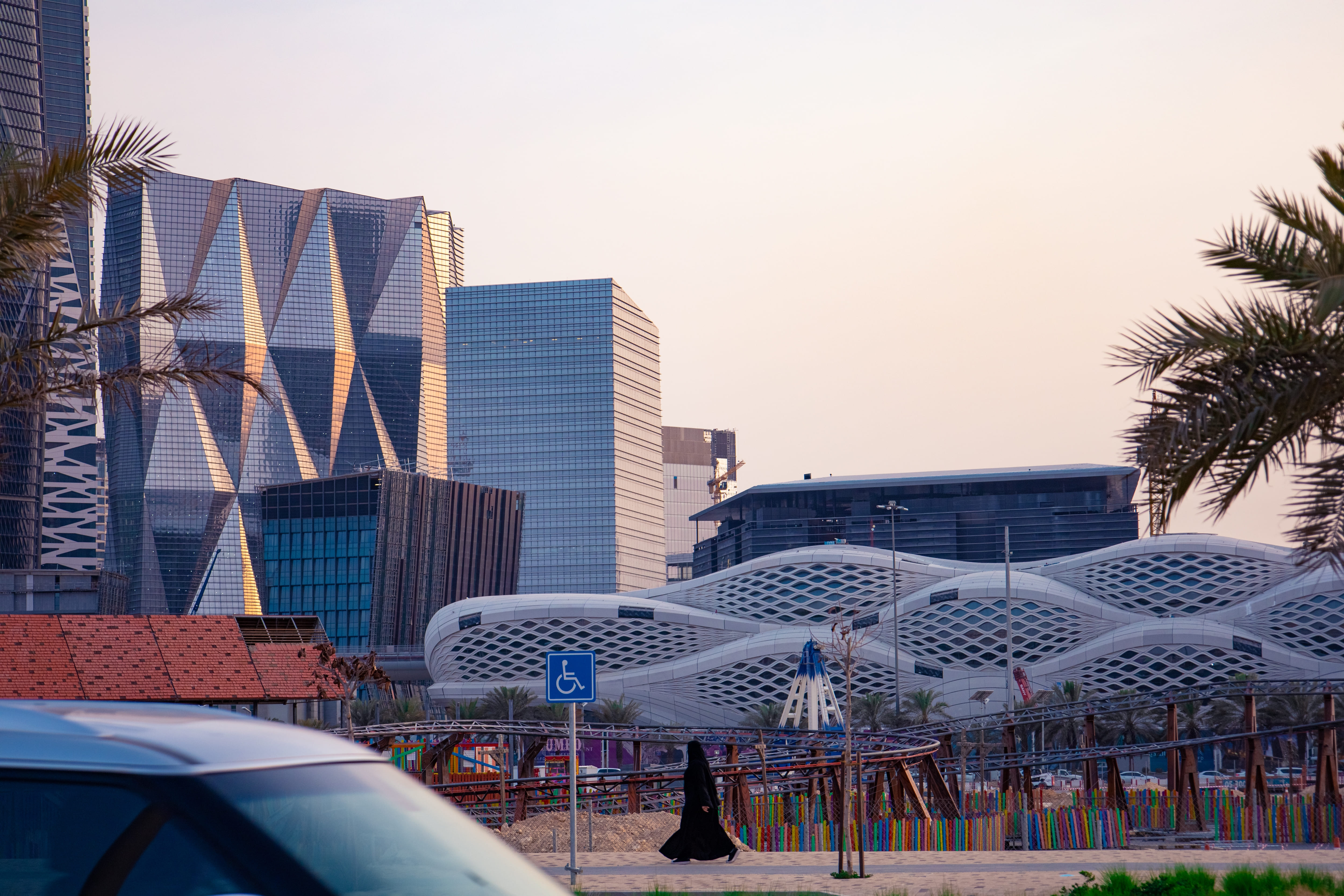Driving Tips: How To Drive Safely in Winter
October 30th 2023
How To Drive Safely in Winter
Driving in the snow can be tricky, especially when driving a rental car on unfamiliar roads. But don't worry, with some planning and easy driving tips, you can make it much easier and even enjoy the experience! You don't have to be scared of driving in the snow, and by taking some precautions and going carefully, you can make your Alpine drive one of the best parts of your trip.
What are the risks and hazards associated with driving in snowy conditions?
When driving on snow-covered roads, the most significant danger to watch out for is losing control of your car and skidding off the road or into oncoming traffic. Even if the snow has been cleared, there could still be a layer of snow or ice on the surface, so it's essential to be cautious. It can be especially tricky when driving on winding mountain roads, where weather conditions can change quickly, and you must navigate steep inclines, slopes, and blind bends. Another thing to be aware of is reduced visibility caused by cloud cover, snowfall, hailstones, or sun glare, which can be even worse when reflected by the snow.
Choosing the right car is very important
When selecting a car, it is crucial to make the right choice. This involves considering various factors such as your budget, driving needs, preferences, and lifestle. By taking the time to evaluate each of these factors, you can make an informed decision that will meet your needs and provide you with a safe and enjoyable driving experience.
While the thought of driving around a beautiful alpine resort in a convertible sports car may seem like a dream come true, there might be better options than going around a beautiful alpine resort in a convertible sports car. So, to ensure a smooth ride, it’s essential to choose the right rental car that matches the conditions of the roads you’ll be travelling on. A four-wheel drive vehicle with high road clearance would be perfect for your adventure.
Winterisation involves preparing the car for snowy conditions.
When renting a car in a snowy place during winter, it's essential to make sure you're prepared for any weather conditions that might come your way. Don't worry, it's not too hard! First, you should know that some countries like Germany and Austria require winter tyres, but others like France don't. However, if you know you'll be driving in wintry conditions, ask to have winter tyres fitted. To learn more about winterisation, check out our guide "Hiring a car in winter? Here's what you need to know about winterisation".
It's always a good idea to have snow chains or socks if the conditions call for extra grip. Just ask the friendly staff at the rental counter for advice. To learn more about winter tyres, snow chains, and snow socks, look at our guide "What are winter tyres, snow chains, and snow socks?".
When you book a car in a snowy place during winter, it should come with a winter safety kit included in the price. However, you might be asked to pay a winterisation fee at the rental desk. Don't worry; this is just to cover the cost of keeping you safe on the roads! To learn more about winterisation fees, check out our guide "Why am I being charged a winterisation fee on my hire car?".
The Policy of Breakdown Cover
"Breakdown cover" refers to an insurance policy that assists drivers whose vehicles break down on the road due to mechanical or electrical issues.
A quick tip - it's always good to check with the rental company about the kind of roadside assistance they offer and what to do in case of a breakdown. That way, you can be prepared for any unexpected situations that might pop up during your rental period.
Are you looking to plan your journey?
Planning can be a lifesaver when it comes to road trips! To make sure you have a smooth and stress-free journey, be sure to pack a trusty map in case your satnav isn't up to scratch and plan some alternative routes in case of road closures. And hey, aim to do most of your driving during daylight hours to keep things relaxed and safe.
Make sure to check the weather reports
If you're planning to drive in snowy places, it's essential to keep an eye on the weather. Especially if you'll be taking mountain roads, so before you hit the road, make sure to check the weather reports and keep an eye on the conditions while driving. Remember, they can change quickly! Stay safe out there!
Changing your plans due to the weather
Suppose the weather turns worse; this is a friendly reminder to be ready to change your plans quickly. You can always stop at a service area or a hotel until things clear up enough to carry on. Stay safe out there!
Make sure to pack your essential kit
If you're planning to travel during the chilly weather, remember to pack some extra warm clothes and blankets, along with some tasty snacks and drinks, just in case you get stranded. And hey, ensure your mobile phone is fully charged so you can always call for help in an emergency.
How to drive safely in winter conditions
What to do on icy roads
When driving on icy roads, the key is to take it slow and steady. Avoid sudden acceleration or hard braking, and give yourself plenty of space from other cars. Remember to be gentle when accelerating, braking, and steering, and take your time to avoid any accidents.
If you happen to find yourself in a skid, don't panic! Avoid slamming on the brakes or trying to steer out of trouble. Instead, press the clutch to cut off the engine, keep the steering wheel straight, and wait for your car to regain its grip. Then, gently release the clutch and continue driving.
To give yourself even more control when starting from a stop, try starting in second or even third gear.
How to drive in poor visibility
If you are in a situation where visibility is poor, please don't panic and slam on your brakes. Instead, let's turn on your hazard lights and gradually reduce your speed. If things are terrible, you can slow down almost to a stop and drive cautiously until visibility improves. Remember, safety comes first!
Also, please remember that sun glare can be a real pain, mainly when reflected by snow. To minimize glare, let's make sure your windows are clean from both the inside and outside. And remember to use your car's sun visor and wear sunglasses when needed. It's the little things that can make a big difference!
































































